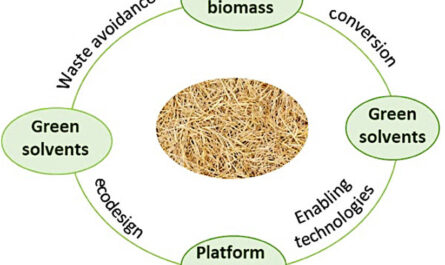Vapor recovery units (VRUs) play a critical role in controlling volatile organic compound (VOC) emissions from petroleum transport, storage and dispensing operations. As environmental regulations tighten to curb air pollution, VRU technology has evolved considerably to help various industries meet stringent emission standards. This article discusses the importance of VRUs, how they work and recent technological advancements.
What are Vapor Recovery Units?
A vapor recovery unit is a device that captures hydrocarbon vapors that would otherwise escape during the loading and unloading of gasoline or other volatile petroleum products. The two main types of VRUs are stage I and stage II.
Stage I VRUs are used during the transfer of gasoline from tanker trucks to large underground storage tanks at gas stations and other fueling facilities. They capture gasoline vapors that would normally be released during the filling process and direct them back into the tanker truck or facility underground storage tank.
Stage II VRUs are installed at the nozzle of gasoline pumps and work to capture vapors during vehicle refueling. They prevent gasoline fumes from escaping into the air when customers fill up their cars or other motor vehicles at the pump. The captured vapors are routed back underground or to a vapor holder for containment.
Importance of Vapor Recovery
Controlling VOC emissions from gasoline dispensing and storage is critical due to their impact on air quality and public health. Gasoline contains numerous volatile organic compounds such as benzene, toluene and xylene that contribute to smog formation when released into the atmosphere. Exposure to VOCs can cause short and long-term health issues like respiratory irritation and some are known carcinogens.
According to the United States Environmental Protection Agency, in 2017 mobile sources like motor vehicles emitted over 41 percent of total national VOC emissions. Stage I and II vapor recovery systems play an important role in curbing these emissions by containing up to 95 percent of gasoline vapors during fueling and transport operations. This significantly helps improve local air quality and reduce health risks, especially in urban areas.
How VRU Systems Work
Typically, stage I and II VRU systems work on the principle of maintaining a continuous vacuum in the vapor collection lines using liquid seals and fans or blowers. During fuel transfer, this vacuum helps suck hydrocarbon vapors from the storage tank or vehicle fuel tank into the vapor collection lines.
In stage I VRUs, a blower motor produces suction to pull vapors from the storage tank through a poppeted fill pipe or drop tube. Simultaneously, another dedicated line returns the captured vapors back to the tanker for containment. Some advanced stage I VRUs also feature vapor-liquid separators to prevent liquid gasoline from damaging components.
Stage II VRUs installed at the nozzle provide dual paths – one to deliver liquid gasoline to vehicles and another that captures vapors rising from the vehicle fuel tank during refueling. Rotary vane vacuum assist pumps or centrifugal blowers maintain vacuum pressure in the vapor lines to efficiently collect emissions. The collected vapors are then piped underground or to a vapor processor for storage.
Regulatory Compliance and New Technologies
To comply with increasingly more stringent emission standards, Vapor Recovery Units technology continues to evolve. Newer system designs help enhance vapor capture efficiency and facilitate leak detection. Advanced stage I and II VRUs feature automated leak detection capabilities, leak-proof dry-breaks and spill containment in case of drive-aways.
Continued technological progress is needed as various regions impose even lower hydrocarbon emission limits. For example, California requires gasoline dispensing facilities to achieve less than 10 mg/L of emissions. New VRU designs incorporate sensors, leak-tight equipment and automated controls to consistently maintain negative pressure below 10 inches of water column for optimal vapor containment.
Some advanced VRU models also integrate vapor-liquid separation and processing technologies like adsorption, absorption and condensation systems. These help clean and further condition captured vapors before sending them to storage holding tanks. This processing aids compliance with stringent emission standards of less than 15 mg/L total hydrocarbons.
Remote monitoring technologies allow real-time oversight of VRU performance via digital dashboards. Facilities can troubleshoot issues quickly to avoid violation downtime. Integrated smart leak detection aids compliance by pinpointing faulty components like hoses, joints or pumps for timely maintenance or replacement.



